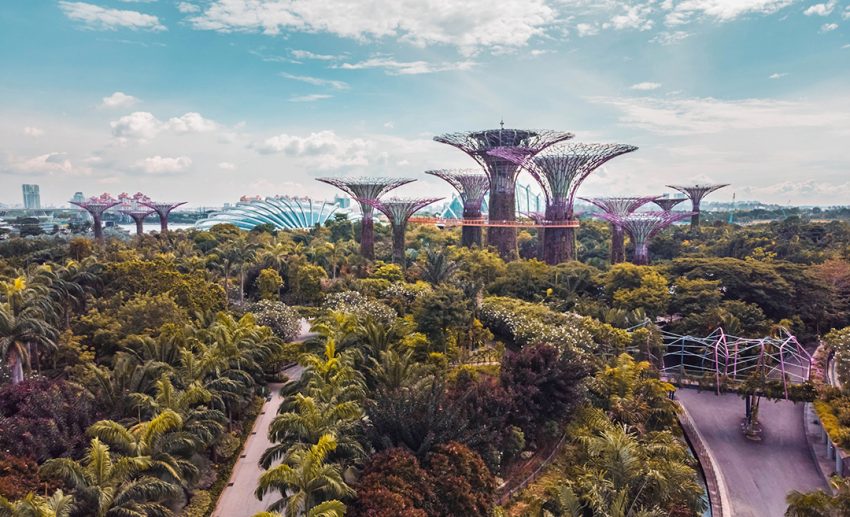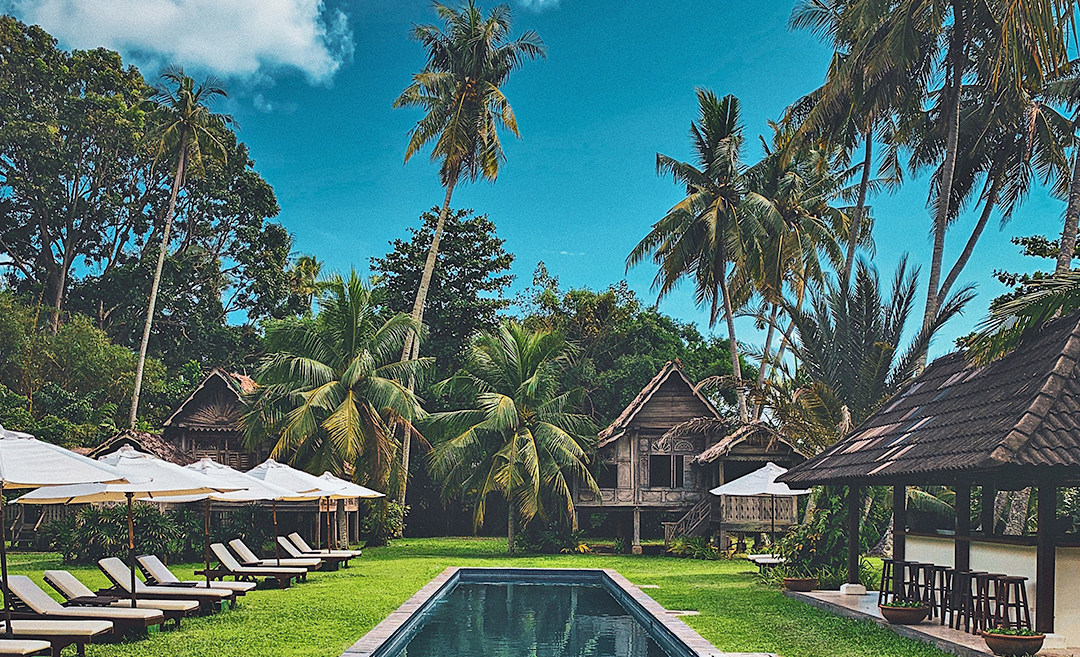
The global tourism industry came to a halt in 2020 as a result of the COVID-19 epidemic. With vaccines roll-outs in the ASEAN region finally picking up speed, there is hope international travel can resume soon. But exactly when — and how — is the million-dollar question.
As such, ASEAN National Tourism Organizations (NTOs) are hoping that a quicker vaccine roll-out, booster shots, and uniform vaccination certificates will finally get the travel industry going again. ASEAN NTOs also regard them as the industry’s best strategies for tourism recovery across the Southeast Asian region. This was highlighted during the Philippine Tourism Forum late August.
Satvinder Singh, deputy secretary-general of the ASEAN Economic Community, stressed that the ASEAN tourism recovery is not a one-size-fits-all strategy, noting that some member states reported a sharp decline of nearly 90% in international arrivals in 1Q2021, compared to the region’s 80.1% in 2020. Last year, the ASEAN area saw a 75.8% drop in tourism receipts.
Singapore Tourism Board executive director, marketing planning Oceania, Oliver Chong commented that because of vaccination rates in regions like Europe and the United States, there was potential recovery from some long-haul markets taking place first. However, he noted that it’s still difficult to determine when the borders between Southeast Asia, China, North Asia, and Australia will open.
Singapore will begin her Vaccination Travel Lane on 8 September, 2021, allowing travellers from Germany and Brunei to come for leisure, business, and events without quarantine. Travellers are, however, subject to swab tests before and upon arrival, and on the third and seventh day of their 21-day stay.
In Malaysia, Langkawi will reopen for domestic tourism from September 16 with very strict procedures in place. To be considered for an international tourist bubble pilot, Langkawi must reach phase 4 of the National Tourism Recovery Plan, the Ministry of Tourism, Arts and Culture said.
Meanwhile, over in Indonesia, there are plans to reopen a small part of Bali – Nusa Dua, Sanur and Ubud – and northern part of Bintan to international tourism, revealed Mininstry of Tourism, Creative Economy, Indonesia.
Vietnam, on the other hand, will pilot a vaccine passport programme for international visitors to Phu Quoc island by the end of 2021, said Tran Phu Cuong, director general, international department, Vietnam National Administration of Tourism.
Across the border, Cambodia plans to reopen several places towards the end of 2021, since the Kingdom is one of the targets of the national vaccination campaign, according to Cambodia’s Ministry of Tourism’s International Cooperation and ASEAN Department. As of today, Cambodia has already inoculated over 60% of its 16.5 million people. The country anticipates it will reach herd immunity with 75% of its population double vaccinated by the end of September this year.
In the Philippines, the National Tourism Development plan has at least three COVID-19 impact scenarios – mild, harsh, and severe. But the Philippine Tourism Department shared that these are subject to further calculation each time the government changes the quarantine levels of destinations every two weeks or so, affecting tourism business and travel movements.
If international travel is going to ‘build back better’, communities, governments, and the global tourism industry must come up with a transformative plan that is workable and helps drive traveller behaviour change.
The epidemic has provided us with an opportunity for a fresh start, and we should make use of it.


